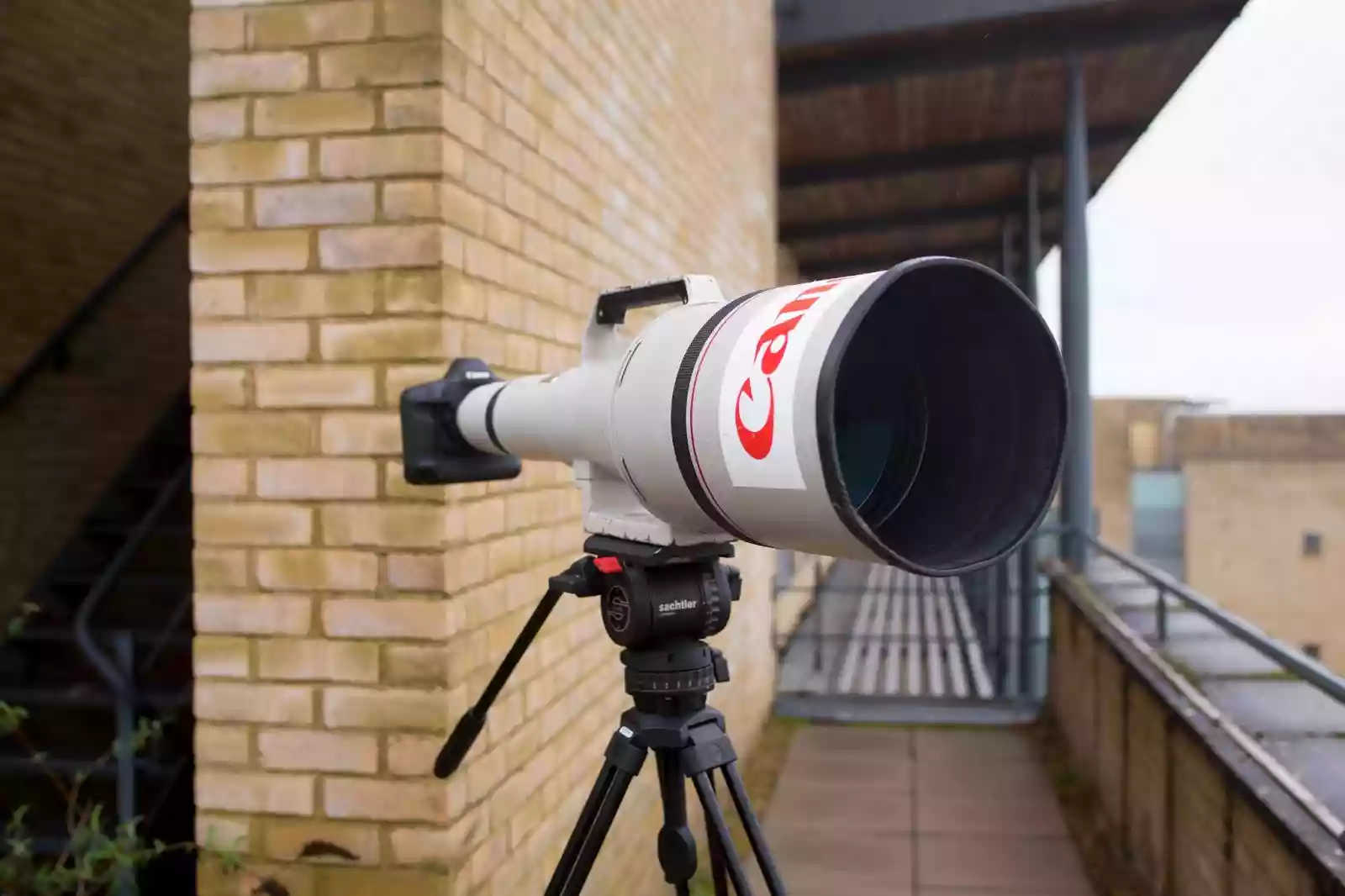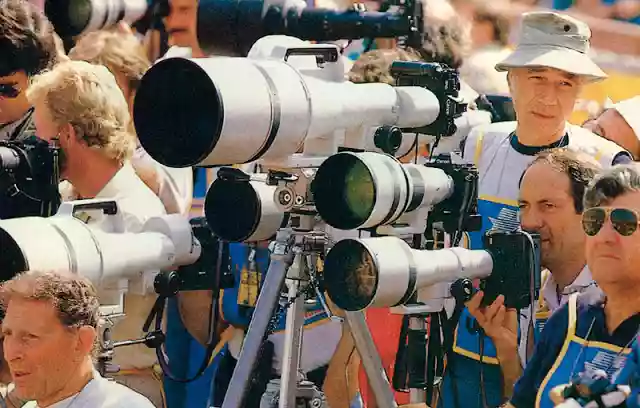- Call us: 01444 237070
- Contact Us
- Stores
- Sign In / Register
-
- Back
- Used Cameras
- Used Lenses
- Used Video
- Used Film Equipment
- Used Stock Alert
- Used Accessories
- Recently Added Used Equipment
- Used Clearance
- Faulty
- Park Picks
- Sell or Part Exchange
- Trade-In
- Blog
- New in
- Call us
- Contact us
- Stores
- Sign in
- Categories
- Tips & Inspiration
- Reviews
- News
- Events
- Features
- Buying Guides
- Competitions
A Short History of Canons EF 1200mm f/5.6 L USM Lens

Ahead of the Park cameras 2017Canon Lens Day on 4th March in our Burgess Hill Store, where you'll be able to see every currently available Canon EF lens all in the same place, we're delighted to announce that we'll have a special guest appearance - the rare, the legendary, the huge Canon EF 1200mm f/5.6 L USM super telephoto prime lens. Here's a quick history of this significant Canon lens.

History of the Canon EF 1200mm f/5.6 L USM Super Telephoto Lens
Although the official release date of the Canon EF 1200mm f/5.6 L USM super telephoto lens was 1993 - when they were first publicly available for sale - a number of these lenses were actually made nearly 10 years earlier.
Just in time for the 1984 Los Angeles Summer Olympics, five prototypes of this legendary lens were shipped for use by media photographers in order to capture the games.
The knowledgeable Canon buffs amongst you will realise that the Canon 1200mm is an EF mount lens, but the EF mount wasn't introduced until 1987. That's because originally, the 1200mm was fitted with a Canon FD mount. After the 1984 Olympics were over, the lenses were all shipped back to Canon in Japan and, in the early 1990's converted to EF mount and made available for public sale in July 1993.
The original FD-mount prototypes included a built-in 1.4x teleConverter, seen here in this rare photo showing not one, but two Canon 1200mm f/5.6 L USM's in the same image, both with the odd, oval shaped teleConverter. This made the effective focal length 1700mm at f/8.
It's rumoured that only 20 were ever made, although even Canon themselves admit that they don't actually know the true number. Only three of these beastly lenses have come up for public sale in the 21st century - one sold for 120,000 USD in 2009, one was on sale for £99,000 (approx. 165,000 USD at the time) in 2014, and one sold for 180,000 USD in 2015.
The lens consists of 13 optical lens elements, including two exceptionally large artificial fluorite elements. Canon report that the lens took nearly 18 months to construct, partly due to the growing of the fluorite crystals, which reportedly took a whole year to grow.

It's impossible to source spare parts for the Canon 1200mm f/5.6 L USM, which means that if you own one and it is damaged beyond simple repair, the only way to get it back working again is to wait for another one to break beyond repair and to cannibalise parts from the two lenses to make one working lens. Unless, of course, you happen to know someone who can precisely machine parts you need.
No-one really knows how many versions of the lens are still in existence, although a number of articles point to several Canon Pro services around the world still owning theirs. Other owners are alleged to include Sports Illustrated magazine and National Geographic magazine, as well as a number of spy agencies around the world.
8 Facts about the Canon EF 1200mm f/5.6 L USM Lens
- Only 20 were ever made (allegedly)
- Took nearly 18 months to make
- Uses two huge fluorite crystals
- The Fluorite Crystals took a year to make
- Weighs a whopping 16.5kg
- Minimum focusing distance is 14 metres
- Angle of view is only 2.05 degrees
- The 1200mm is almost entirely hand-built
Share this post:
By Park Cameras on 20/02/2017

Trade in your old equipment
Fast and easy trade in service ensures your old gear is collected efficiently and you are paid quickly! It's very simple to trade in your unwanted photography gear. Just head over to our dedicated Sell or Part Exchange page, fill out the details, and we'll get back to you with an offer for your old gear. Take the cash, or put it towards the cost of your new gear. It's up to you! Find out more
sign up to the newsletter
Keep up to date on the latest photography news, events and offers. Sign up now
